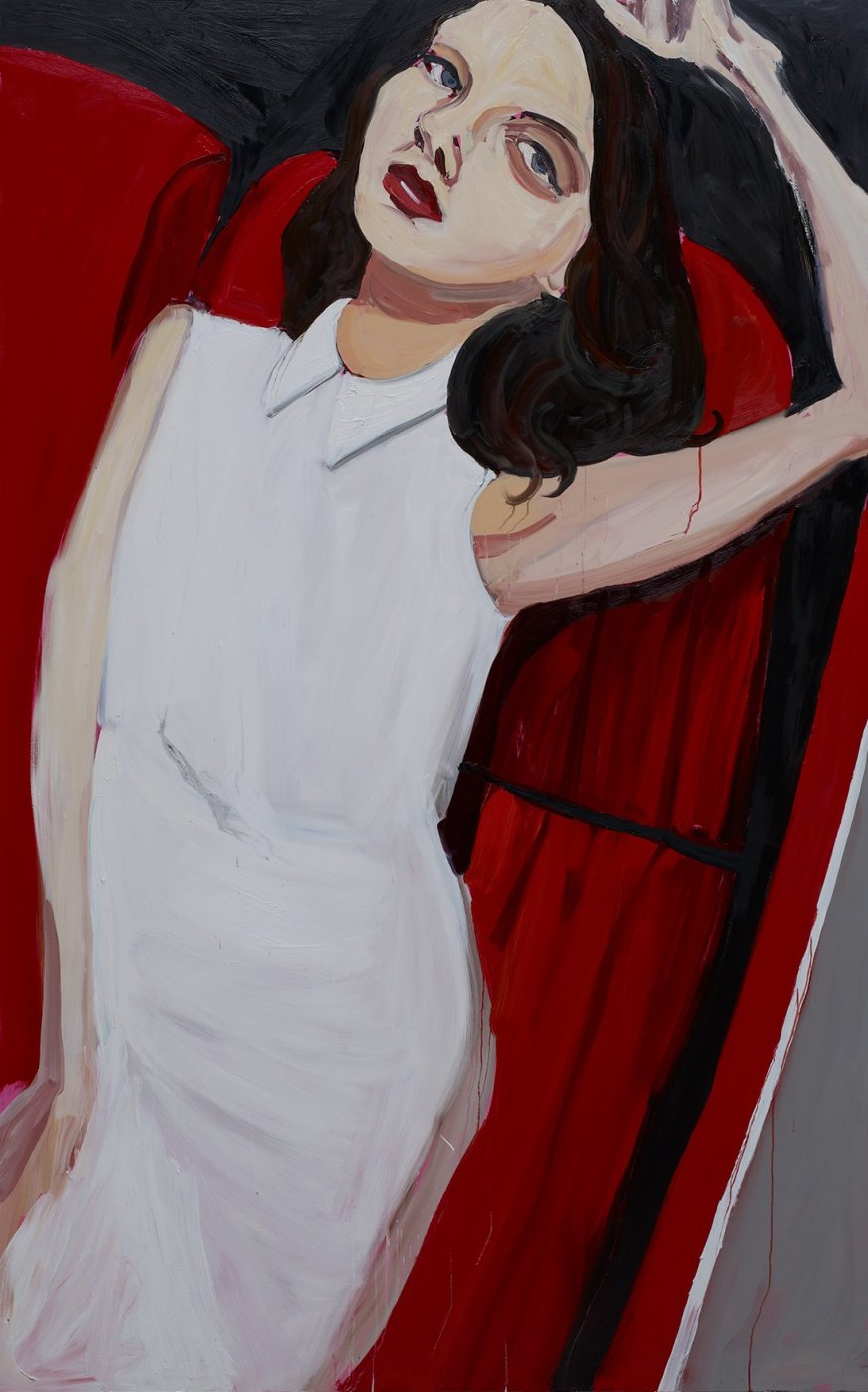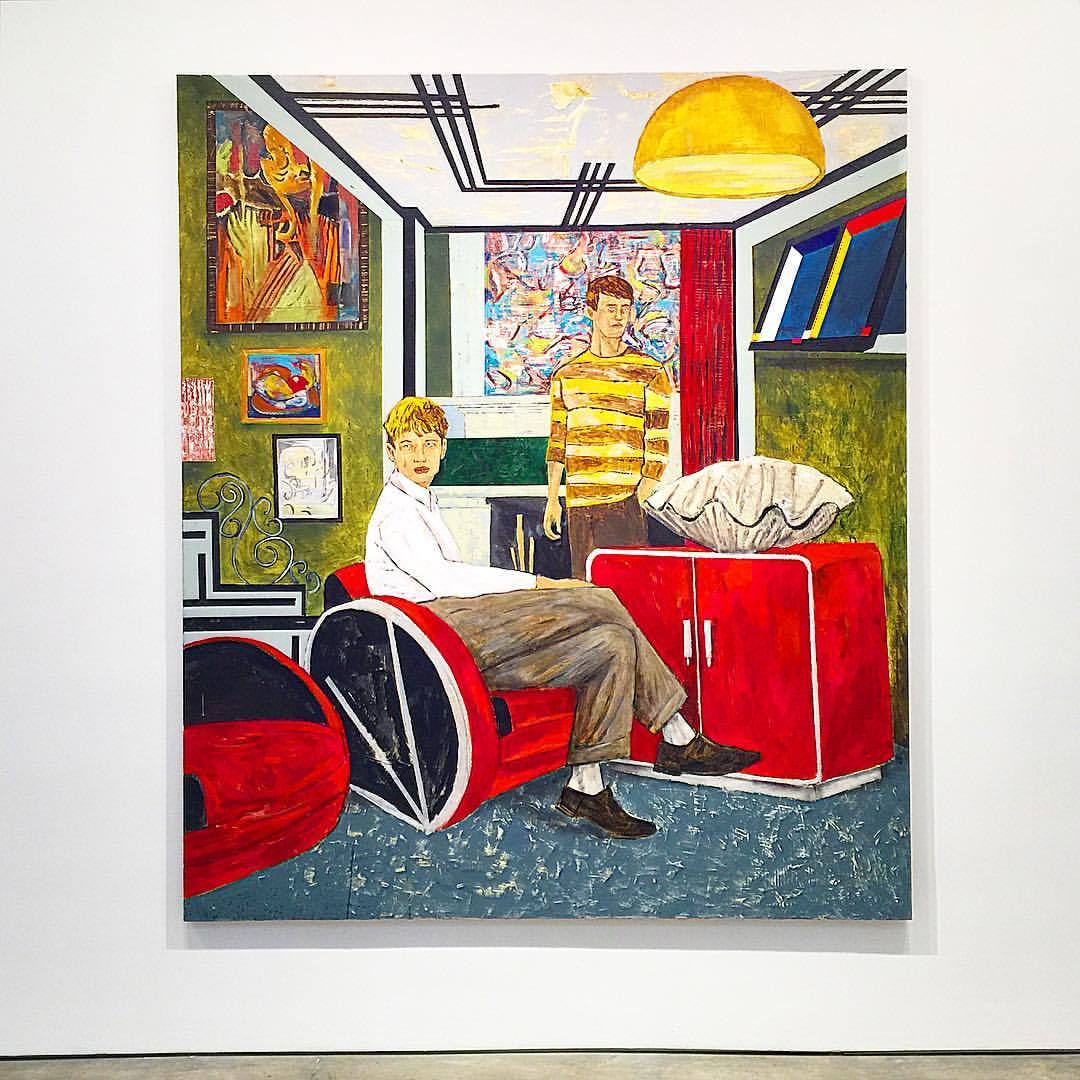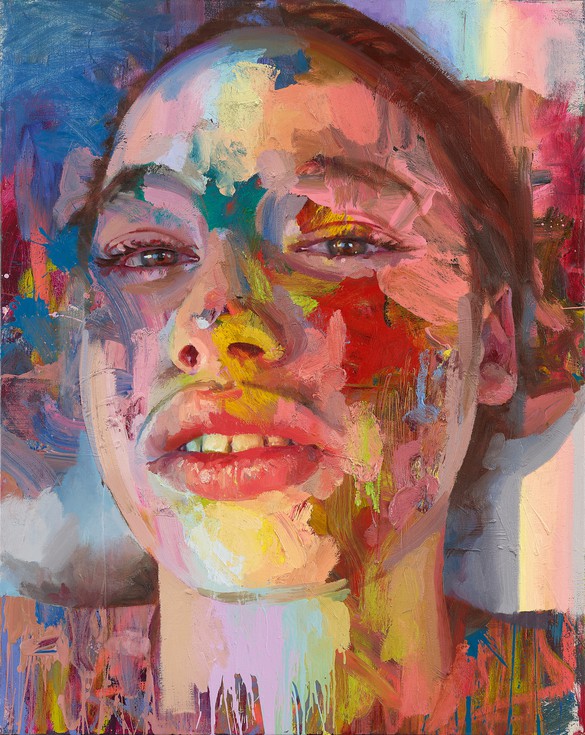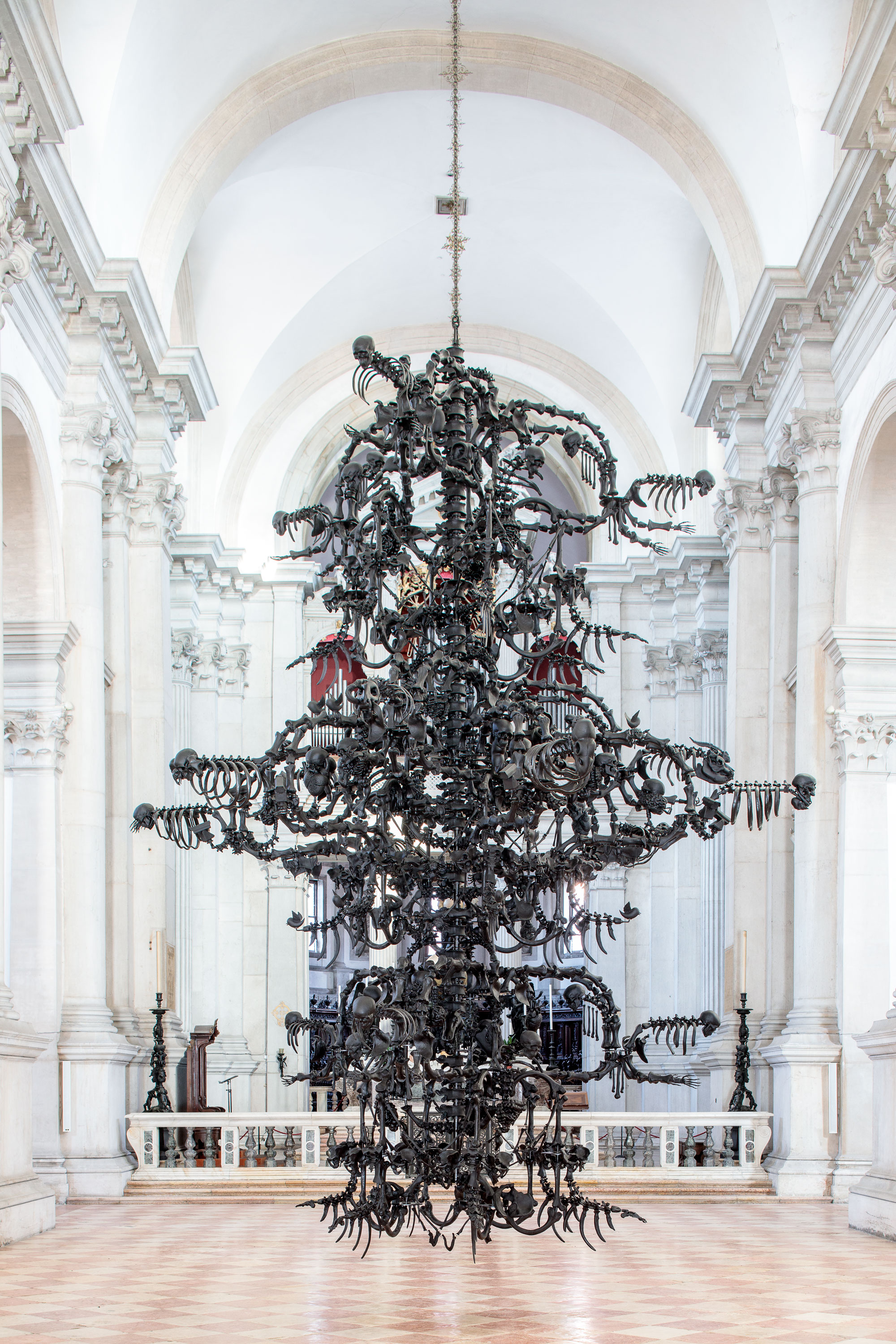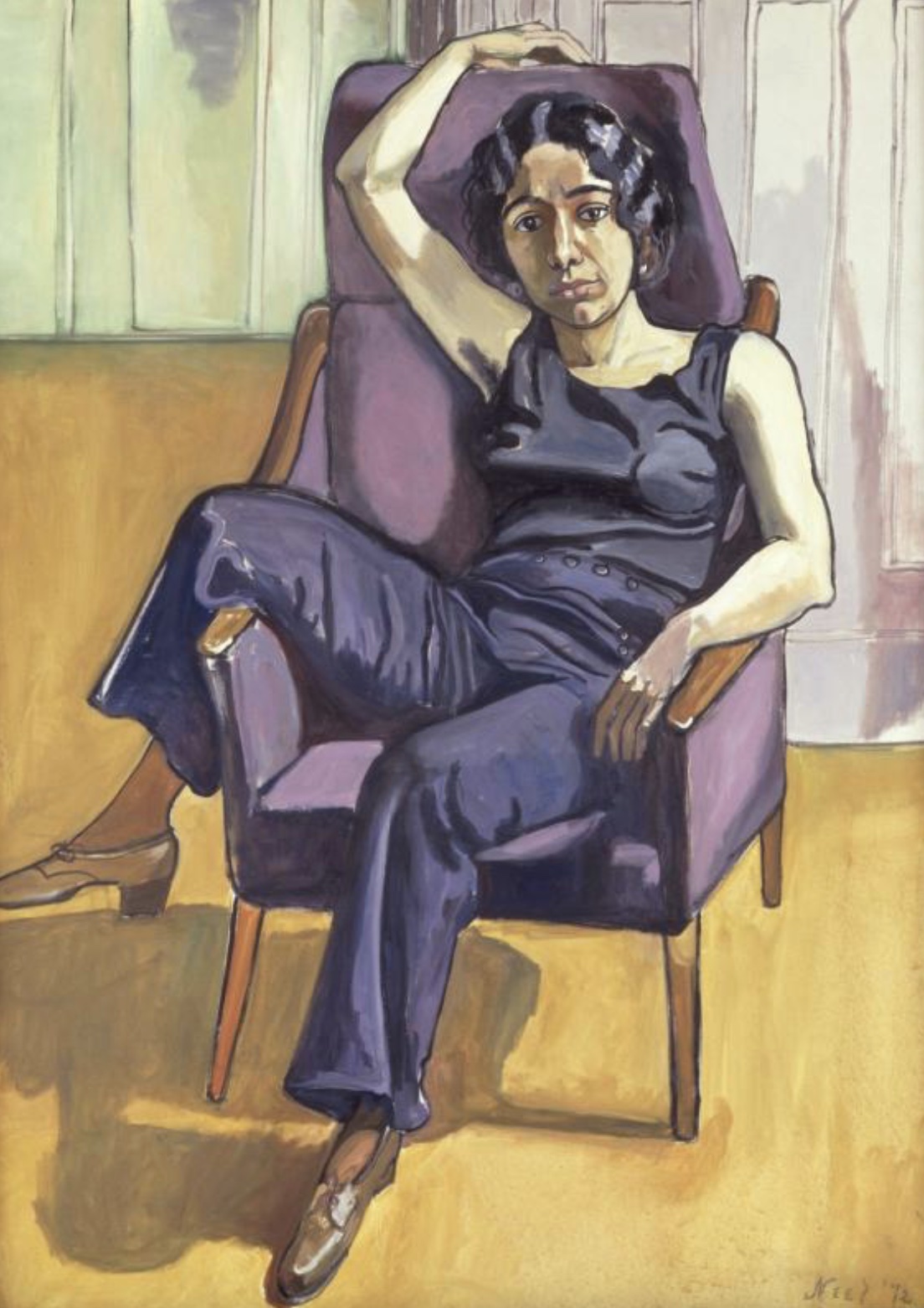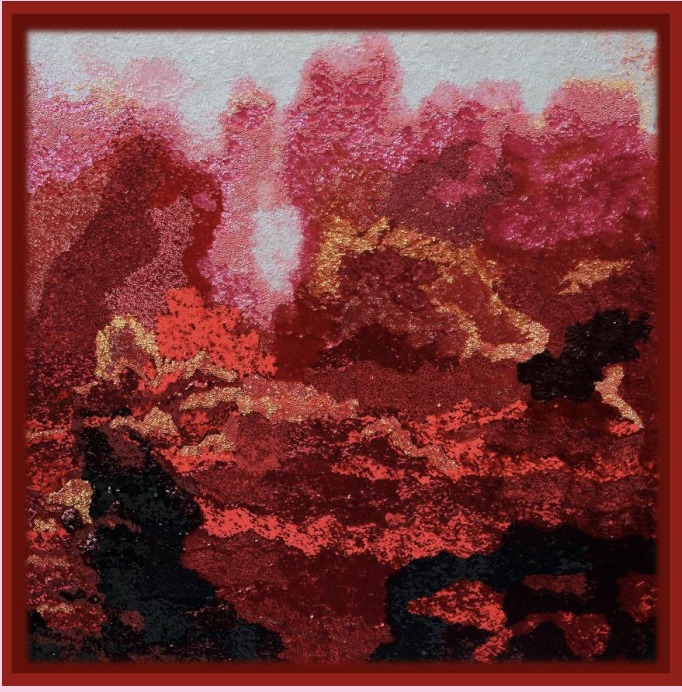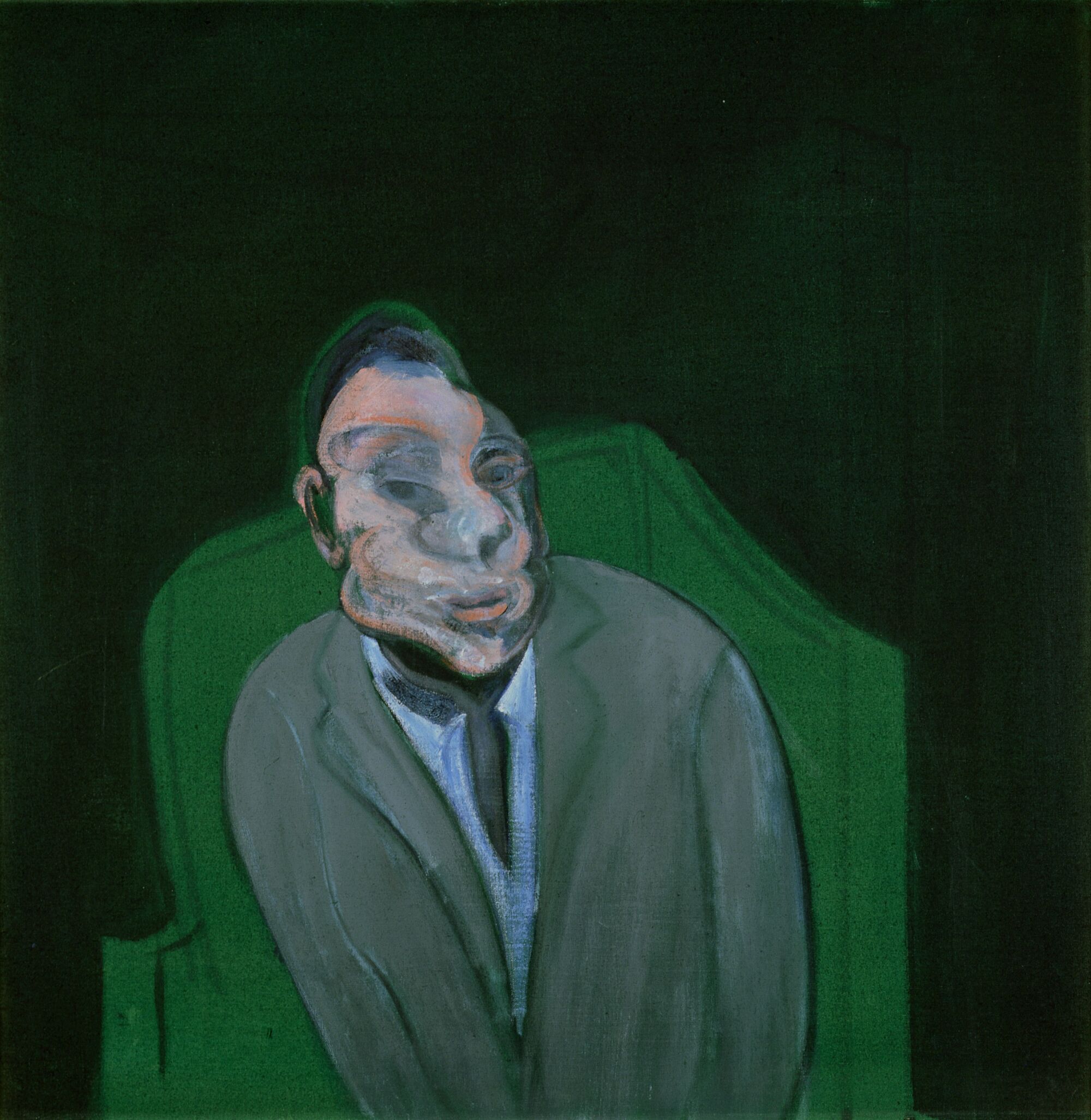
Discover Francis Bacon, Head of a Man, 1960
The 1960s saw Francis Bacon focus on portraiture. He painted close friends and lovers including Henrietta Moraes, Isabel Rawsthorne, Lucian Freud and George Dyer. Unlike Freud, however, Bacon did not like to paint from life, explaining that ‘I very much prefer working from the photographs than from them.’ This painting from 1960 is thought to be a self-portrait. He is seated, as in earlier self-portraits, but his facial expression here ‘combines a slightly wary wistfulness with an almost jaunty nonchalance.’ The artist’s relationship with self-portraiture was, it turns out, a complex one. ‘I loathe my own face, but I go on painting it only because I haven’t got any other people to do,’ he told the art critic David Sylvester. Head of a Man is on display in Friends and Relations at Gagosian Grosvenor Hill until 28 January 2023.
Share




